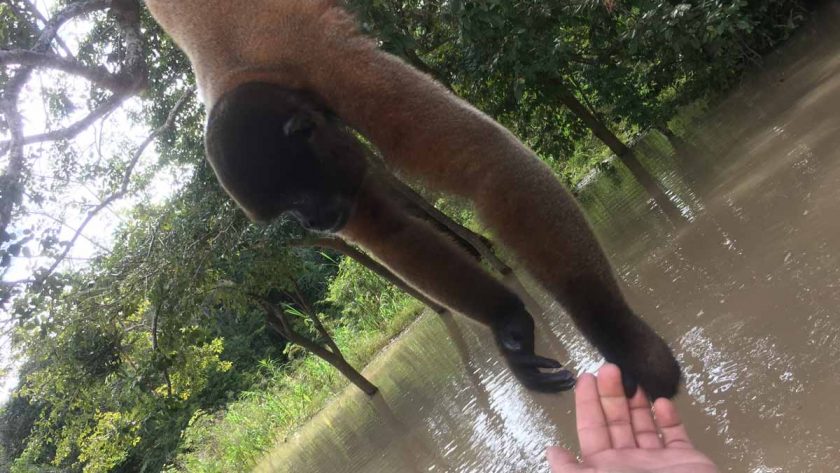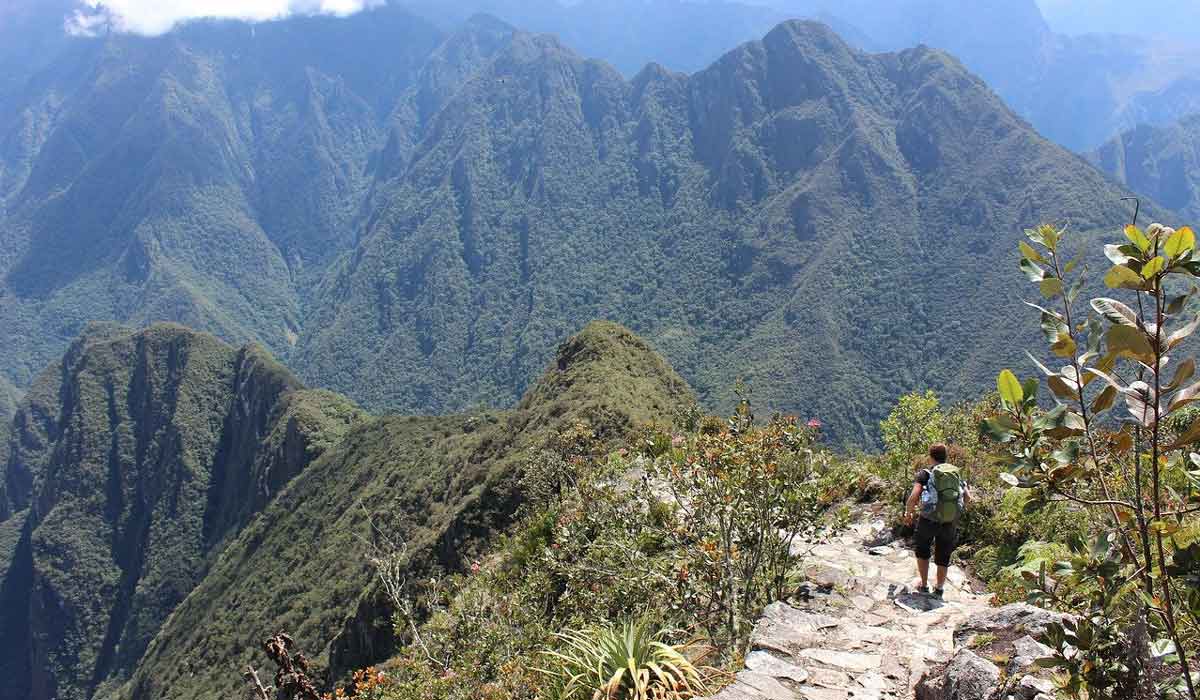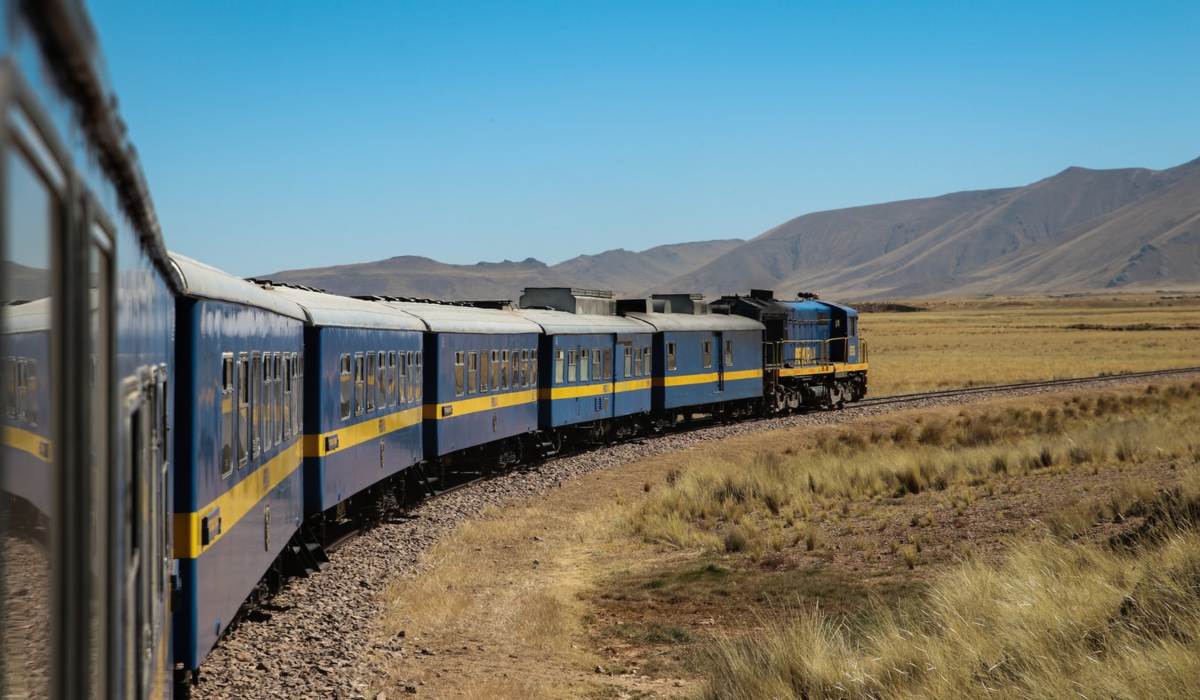This post is also available in:
 Español
Español
The poaching of animals is one of the great problems that humanity has. Fortunately, some initiatives are trying, little by little, to put an end to this social laceration.
Today we tell you about the Monkey Island in Iquitos, a place where these animals are totally safe from hunters.
The poaching of monkeys
One of the preferred paradises of the poachers to exploit the practice of the hunt and the illegal traffic of animals is on the banks of the Amazon, in the Iquitos Jungle (Peru).
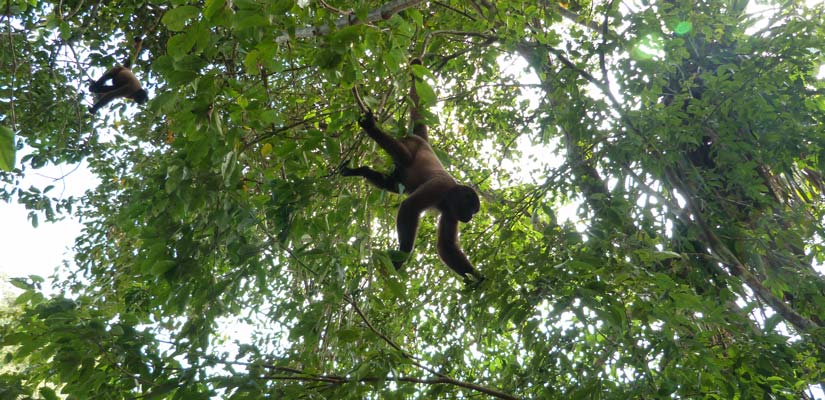
A profitable business that moves annually between 8,000 and 10,000 million dollars according to the figures published by the United Nations. The main victims of this business are 51 different species of monkeys.
According to the National Forest and Wildlife Service (SERFOR), for every monkey sold as a pet, nine others have died during the trafficking chain.
Creation of the Monkey Island rescue center
To fight this environmental problem, a local man from Iquitos decided to found an animal rescue center. In this center, primates and humans live together in a natural environment that keeps them away from hunters and has been named ‘Isla de Los Monos’ (the Monkey Island).
This primate paradise, founded in 1997 in an altruistic way by Gilberto Guerra and his family, has become the biggest monkey rescue center in the whole Amazon.
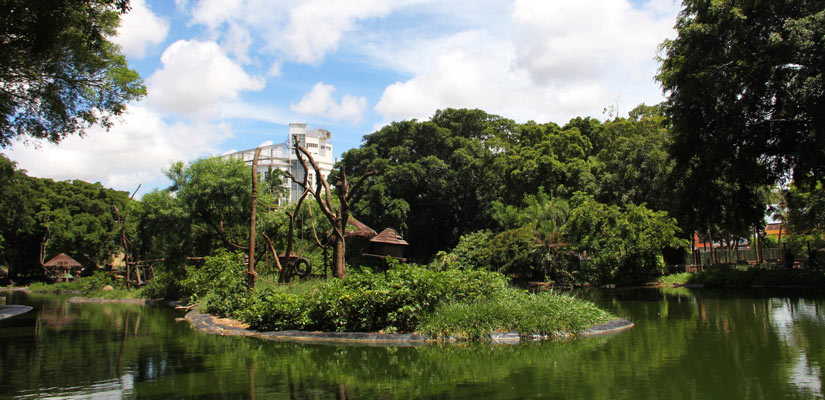
Thanks to this initiative, they are being prevented from being marketed to Europe and the rest of the world for pets, exploitation, or, worse, for the consumption of their meat.
The Monkey Island consists of forest land of 450 hectares. There, 7 species of monkeys perpetuate themselves by jumping freely among the trees and even waving and playing with the visitors.
How to get to the Monkey Island in Iquitos
To access the Monkey Island, as you may think, you will need a boat to take you to this place.
The Bellavista-Nanay Port is always the starting point of this excursion. It is located 15 minutes from Iquitos Airport and there you will find many boats waiting to take you to your destination.
It takes about 30 minutes by boat. During the trip, if you are lucky, you will even be able to see the pink dolphins of the Amazon.
To enter you have to pay between 15 and 20 soles (between 3 and 5 euros). This amount is used to help with the maintenance and feeding expenses of the apes.
In the first phase, which lasted for a decade, the family of Gilberto Guerra reforested the island with trees and local species in order to be able to populate it with monkeys during the following decade.
Reinsertion into the Peruvian Amazon
Very common animals of the Amazon such as the howler monkey, the stump monkey, the lion cub monkey, the spider monkey, and the friendly choro monkey thank the Guerra family and all the tourists who collaborate in their cause for maintaining this primate paradise floating on the Amazon River and for keeping them away from the poaching that threatens to depopulate this region.
“Most of these monkeys have been pets, they arrive malnourished, with infections and some with gunshot wounds,” says Anibal Flores, caretaker of the island, to the Peruvian news portal RPP.
After their rehabilitation, they are attempting to be reintegrated into the Peruvian Amazon. Although from the shelter they assure that the strong deforestation and logging that the zone suffers causes many to return to the Island of the Monkeys of Iquitos.
Would you like to visit this special place? Do you know any other place where poaching is fought?

